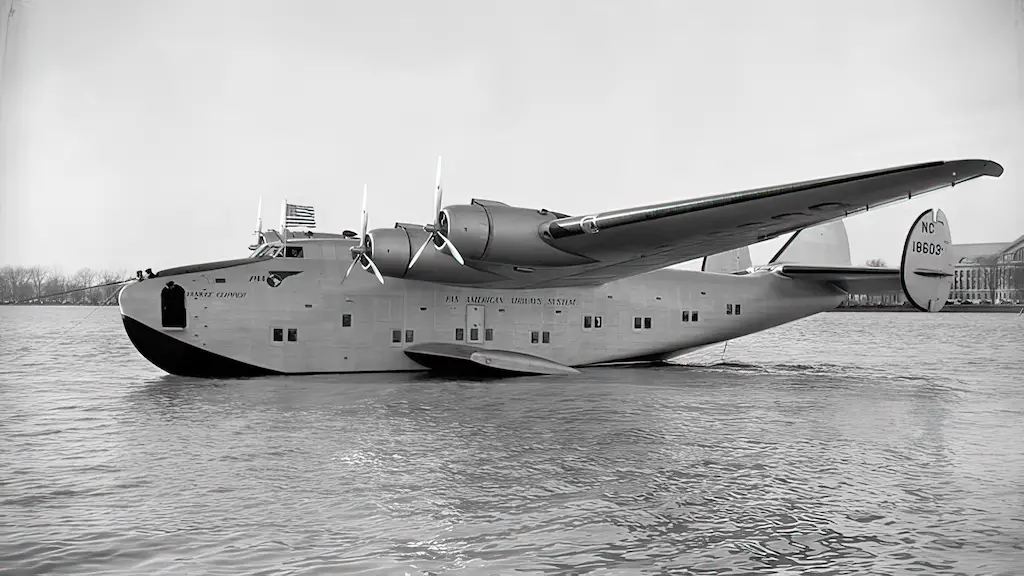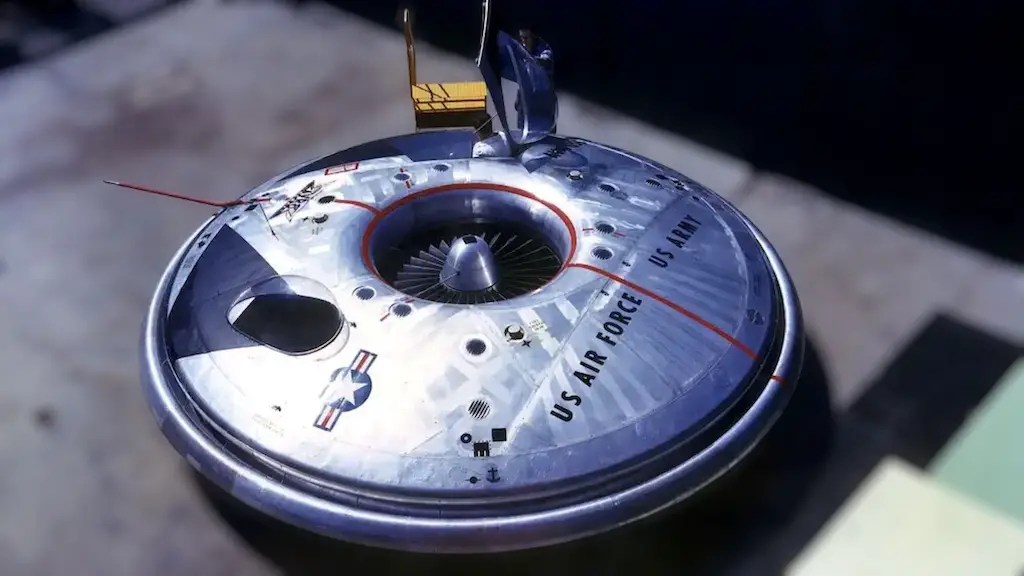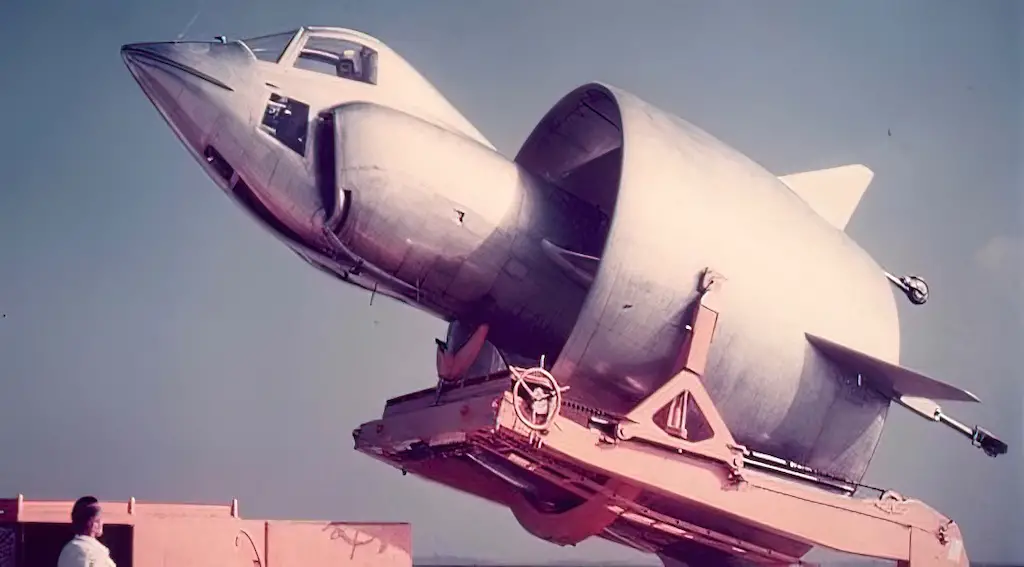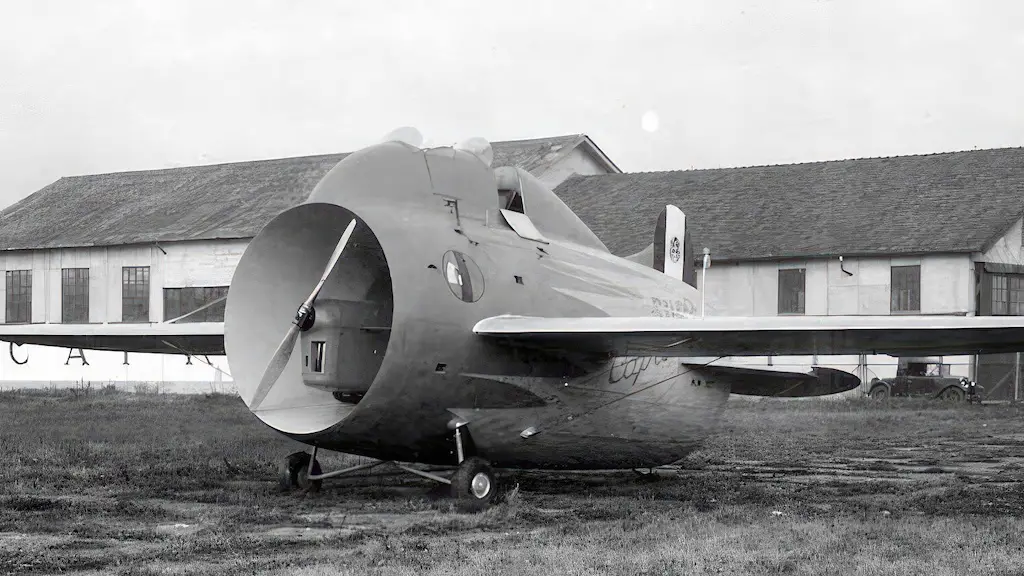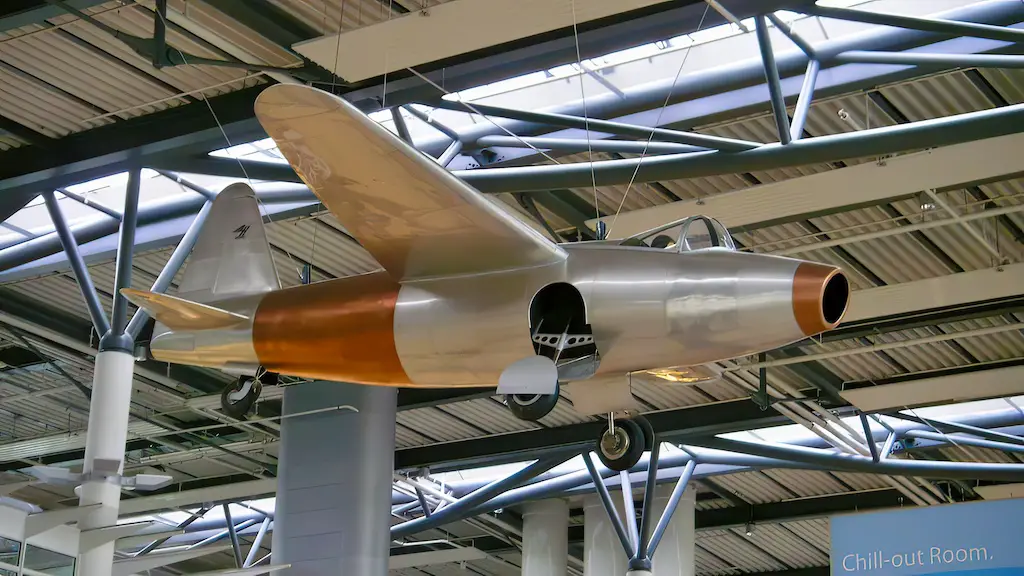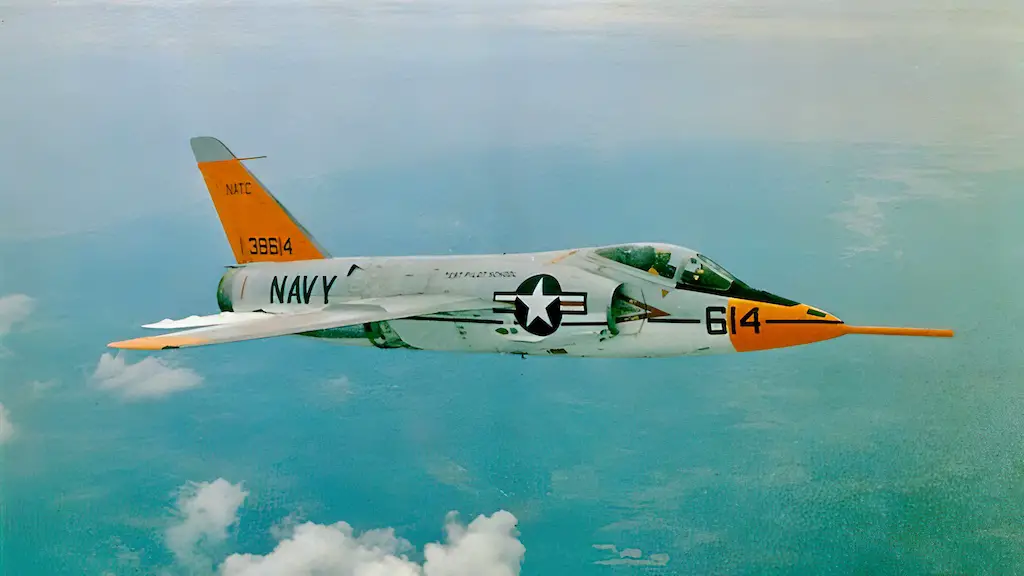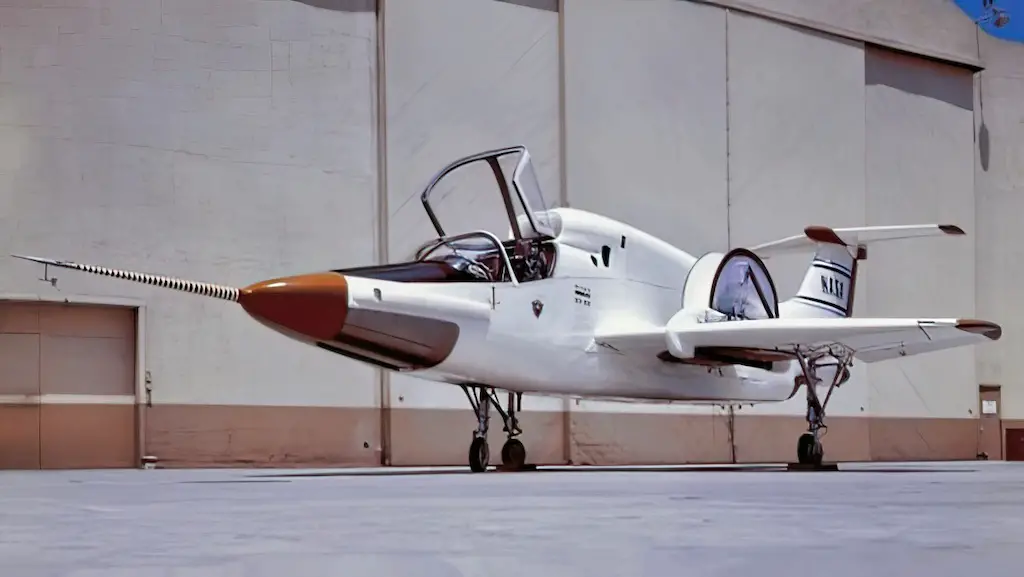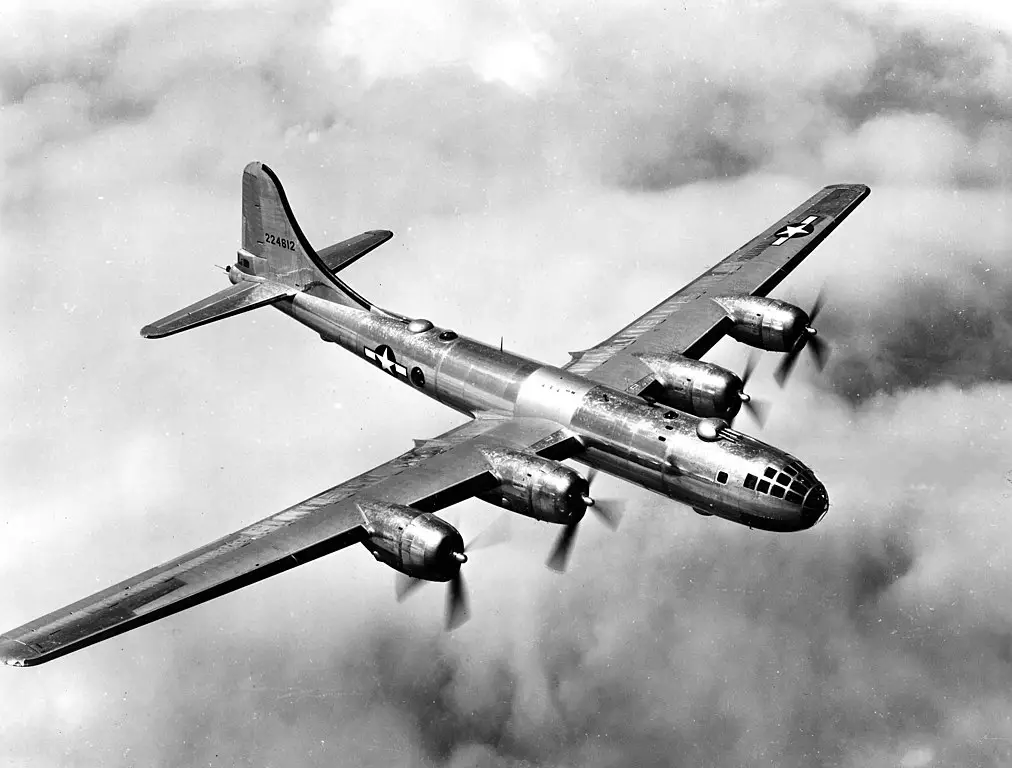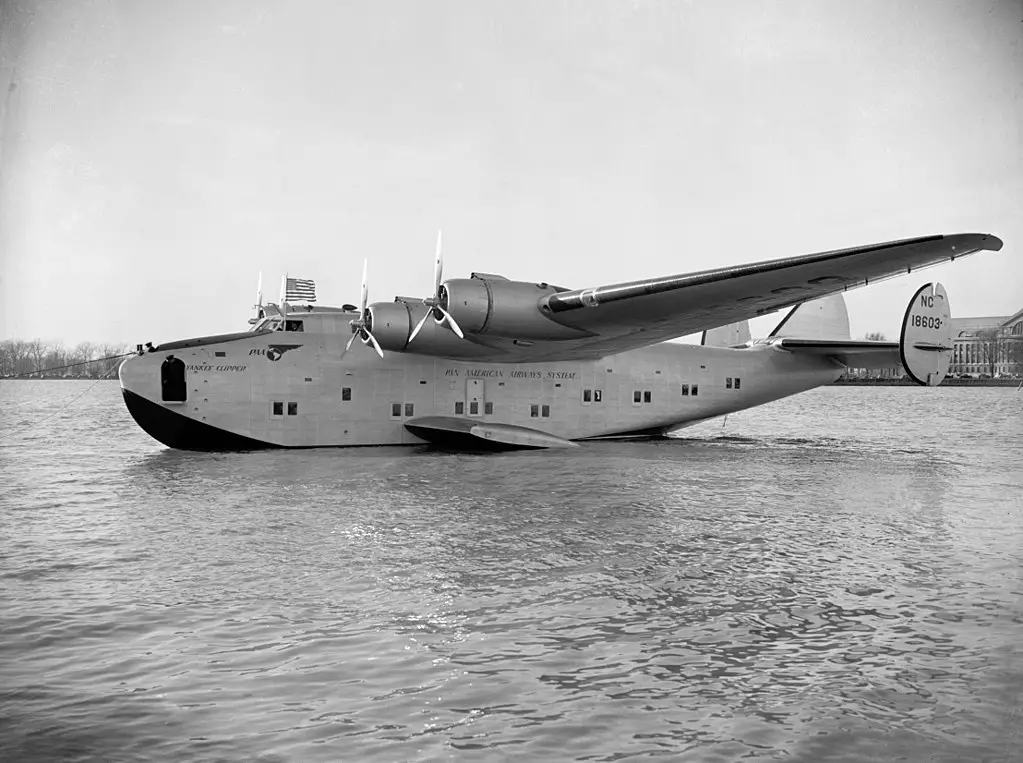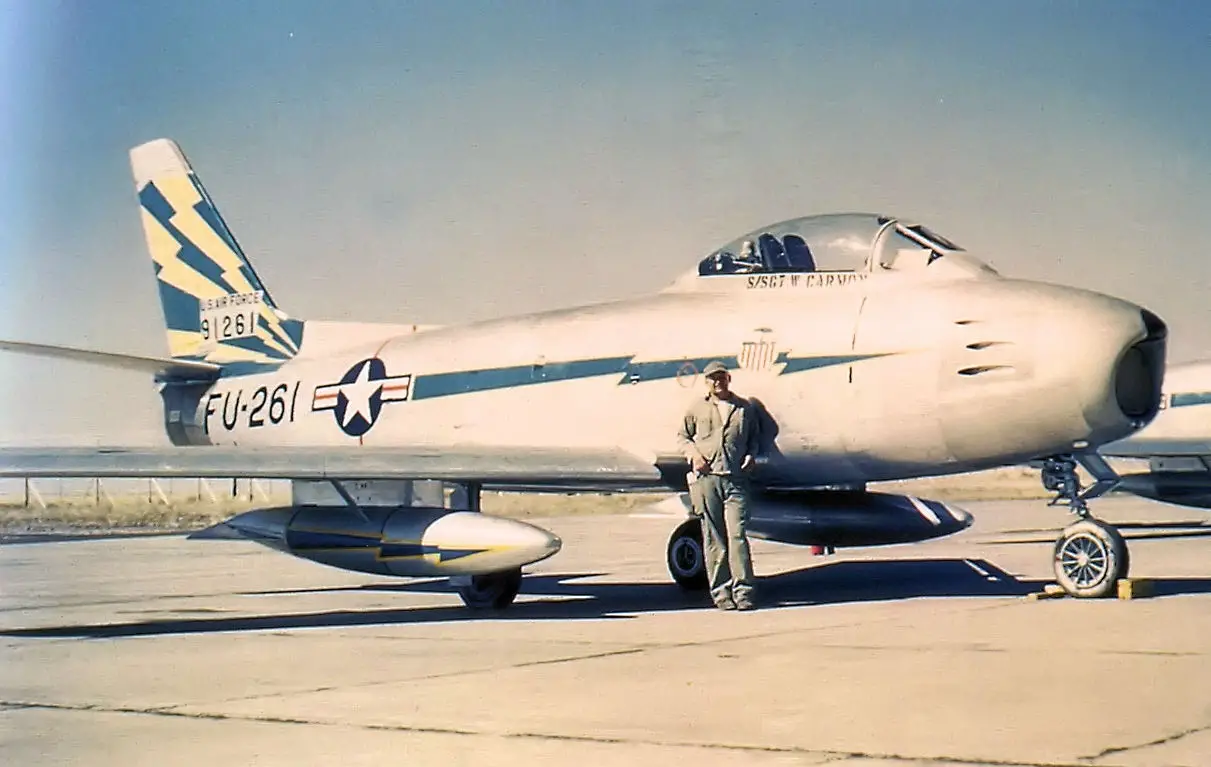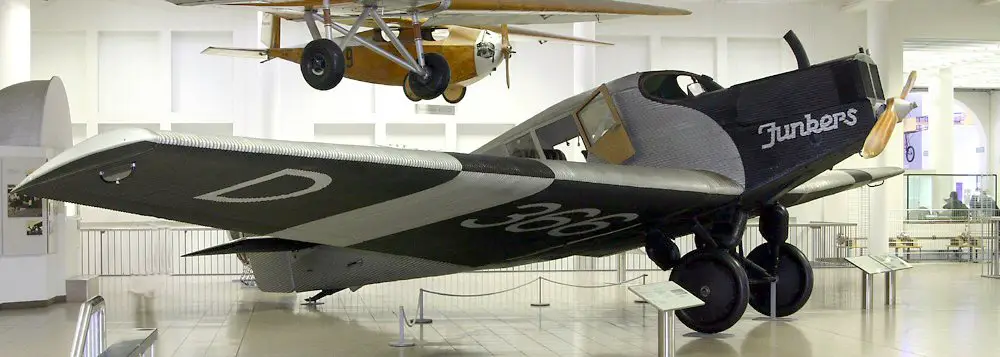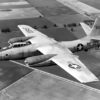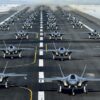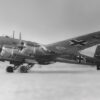For the last century, the rate of rapid technological growth that has been achieved thus far has surpassed the pace of technological achievements of the previous millennia of human history combined. This could not be more true for the aviation industry.
Before the late 19th century, flying had only been a dream or a gift reserved for the gods and heroes of ancient mythologies. Yet, that all changed. Although brutal affairs such as warfare have been a leading contributor to the swift advancement in aero engineering and aviation as a whole, the progress can nevertheless be attributed to a select few aircraft that changed aviation forever.
1905 Wright Flyer III
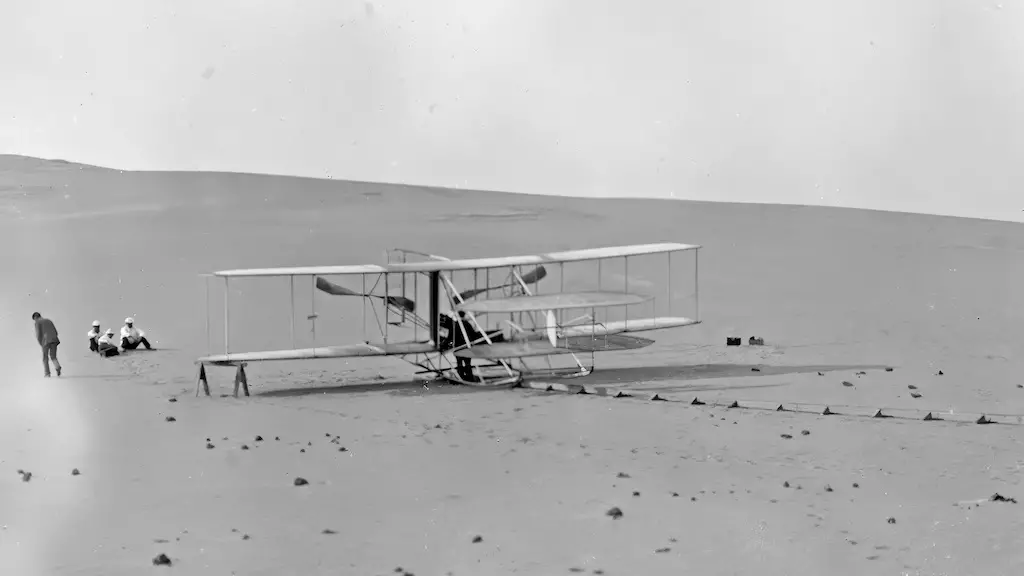
Over the winter of 1904-1905, the Wright brothers built the Wright Flyer III. With its first flight taking place on 23 June 1905, the aircraft featured a new airframe and an upgraded engine with slightly larger cylinders, but it was essentially the same design and had the same marginal performance and instability as Flyers I and II.
These shortcomings caused a major crash on July 14 1905 that all but wrecked the aeroplane. Orville Wright emerged unscathed from the crash and it convinced the Wrights to make radical changes to the aircraft design.
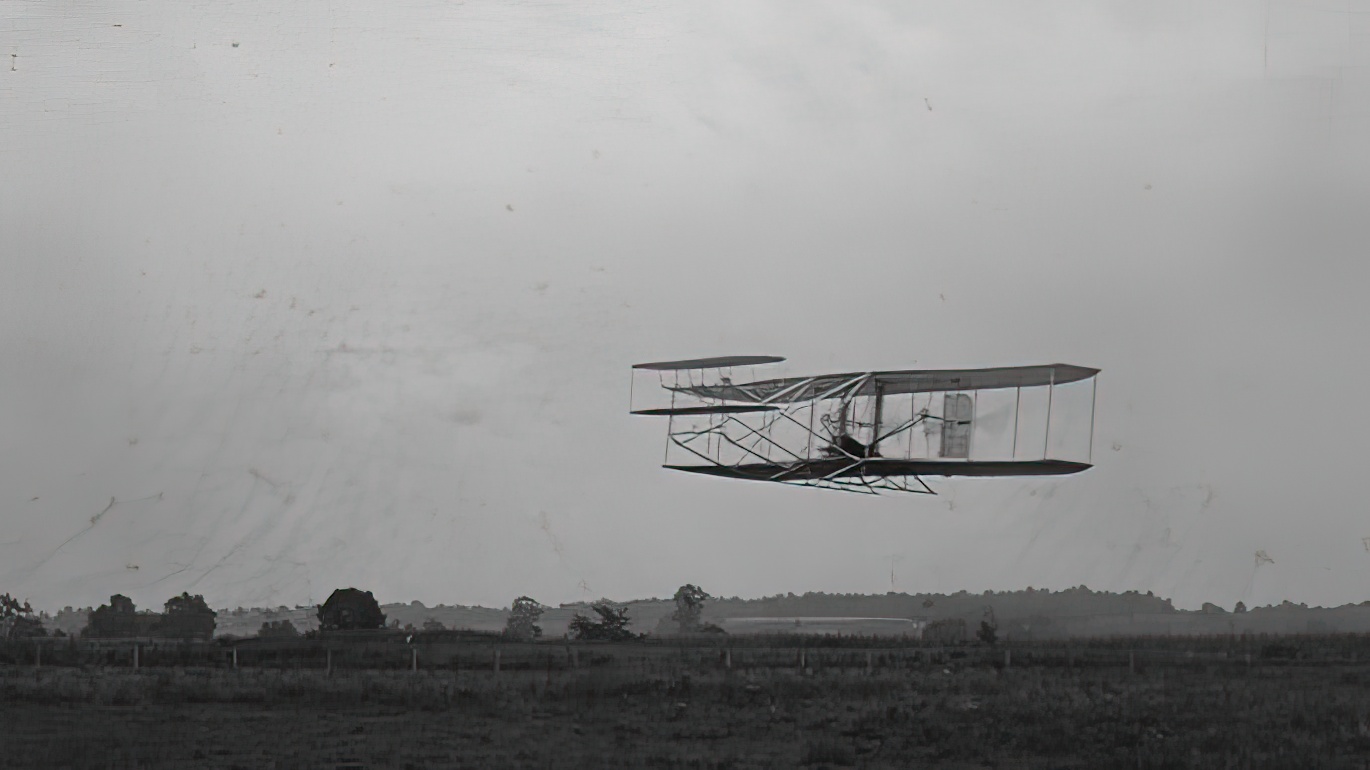
On Oct 5 1905, Wilbur Wright flew 24 miles in 39.5 minutes, longer than the total duration of all the flights of 1903 and 1904. Four days later, they wrote to the Secretary of War, offering to sell the world’s first practical aeroplane.
Boeing 314
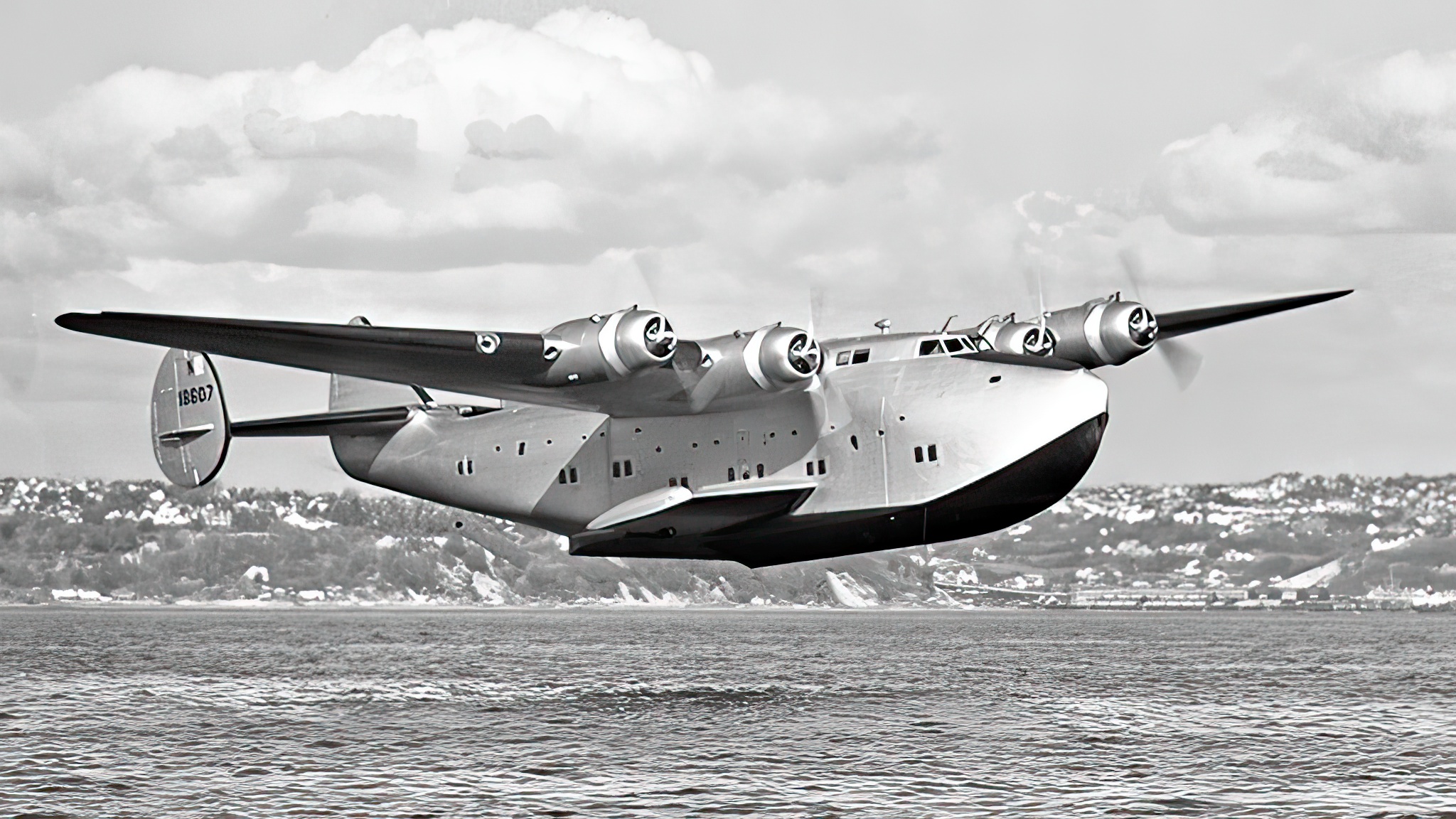
Aeroplane travel became popular during the mid-1930s and as passengers wanted to fly across the ocean, Pan American Airlines put in a demand for a long-range, four-engine flying boat. As a result, Boeing developed the Model 314, nicknamed the “Clipper” after the great ocean going sailing ships.
On June 28, 1939, the 3,500-mile range Clipper made the first scheduled transAtlantic flight. By the year’s end, Clippers were routinely flying across the Pacific.
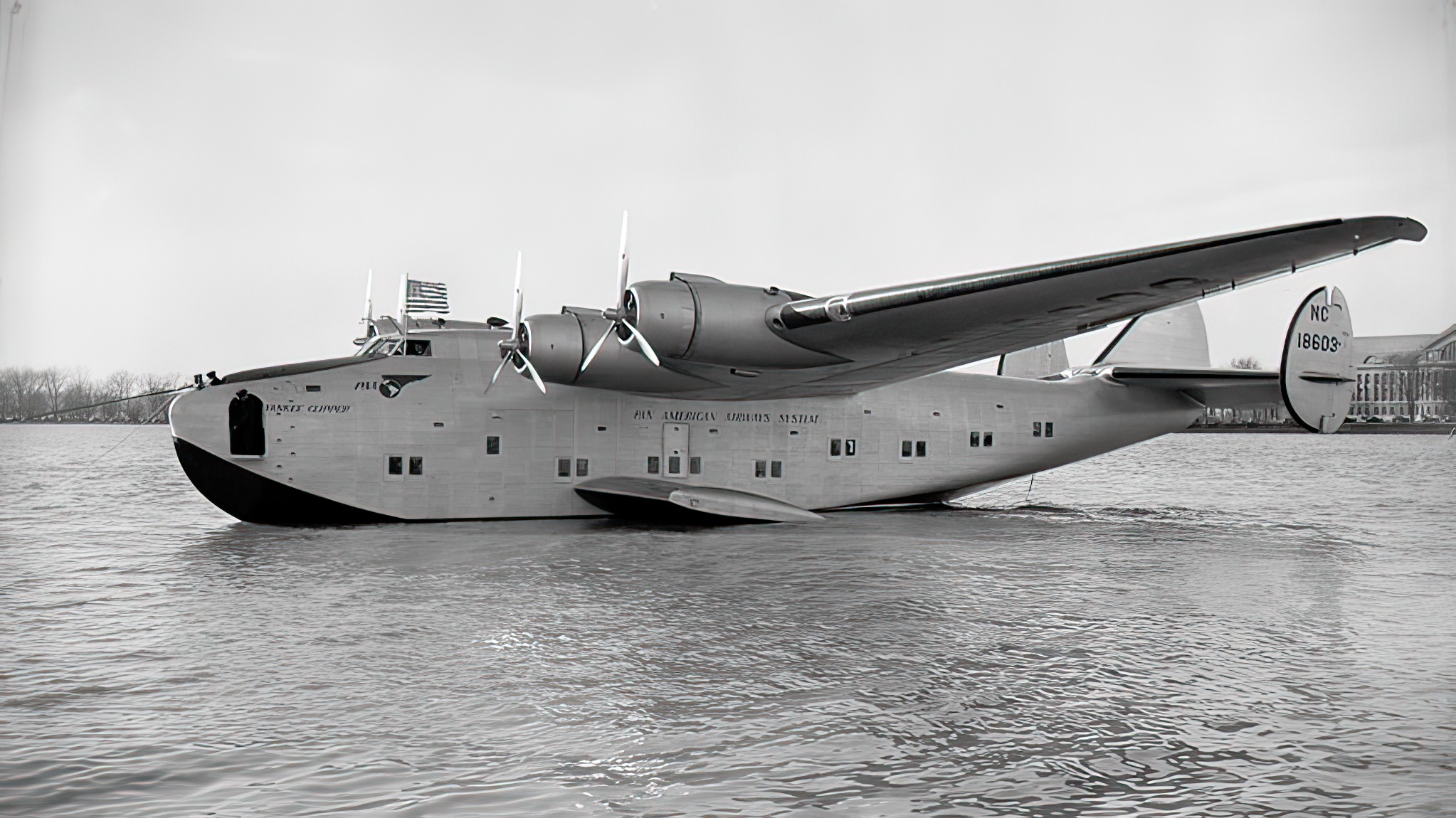
Clipper passengers looked down at the sea from large windows and enjoyed the comforts of dressing rooms, a dining salon that could be turned into a lounge and a bridal suite. The Clipper’s 74 seats were converted into 40 bunks for overnight travellers. Four-star hotels catered gourmet meals served from their galley.
Boeing B 29 Superfortress “Enola Gay”
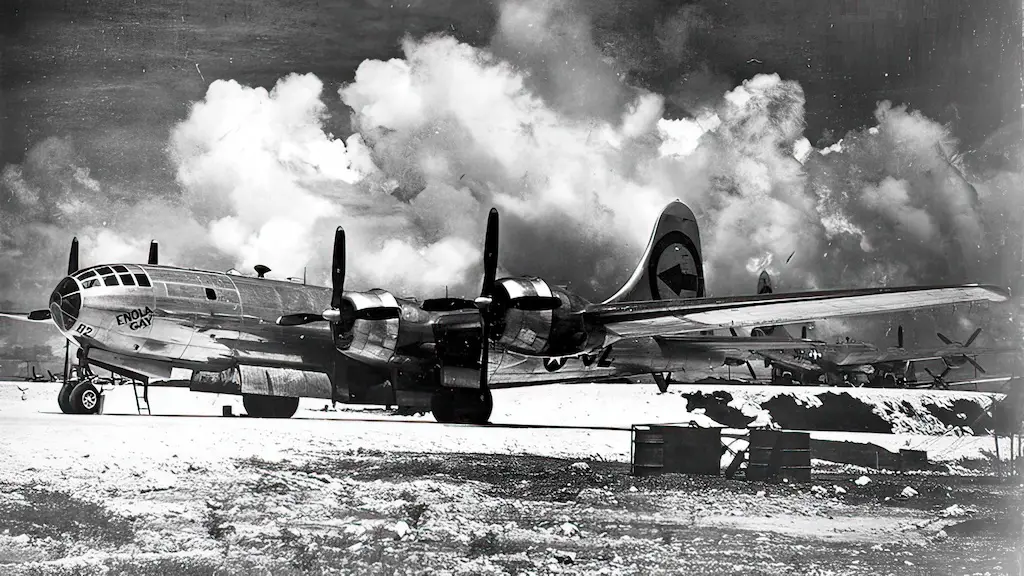
On August 6, 1945, the B-29 Superfortress Enola Gay bombed the Japanese city of Hiroshima. It was not a sortie of just one bomber, with a payload that had never been seen before, it was the first atomic bomb.
Aside from being the first nuclear-capable aircraft, the B-29 was also the first with a pressurised compartment for the flight crew and the first US bomber to an integrated radar to supplement its Norden M-9 bombsight.
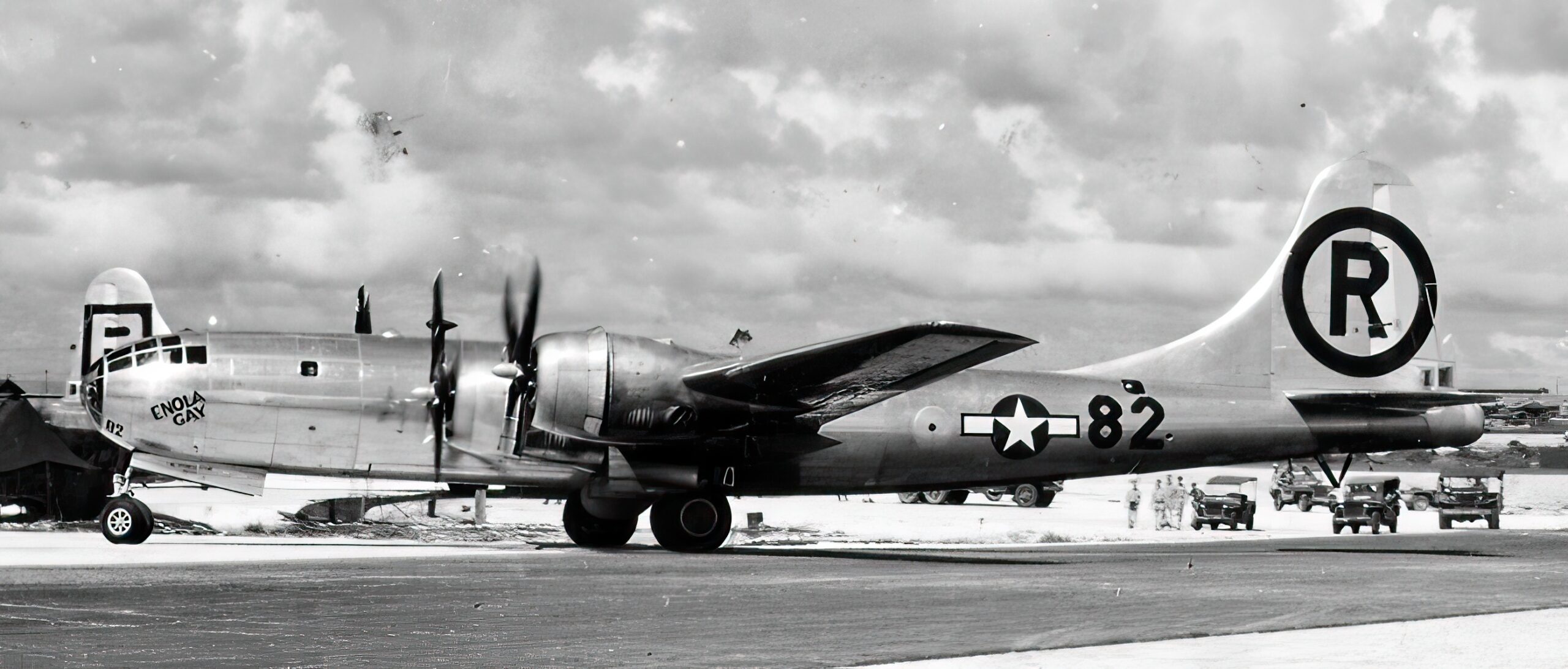
With a maximum takeoff weight of 140,000 pounds, the four-engine, 11-crewman B-29 could carry up to 20,000 pounds of bombs. It was flown from 1943 to 1954, although the Air Force continued flying variants as tankers until 1978.
Junkers F13
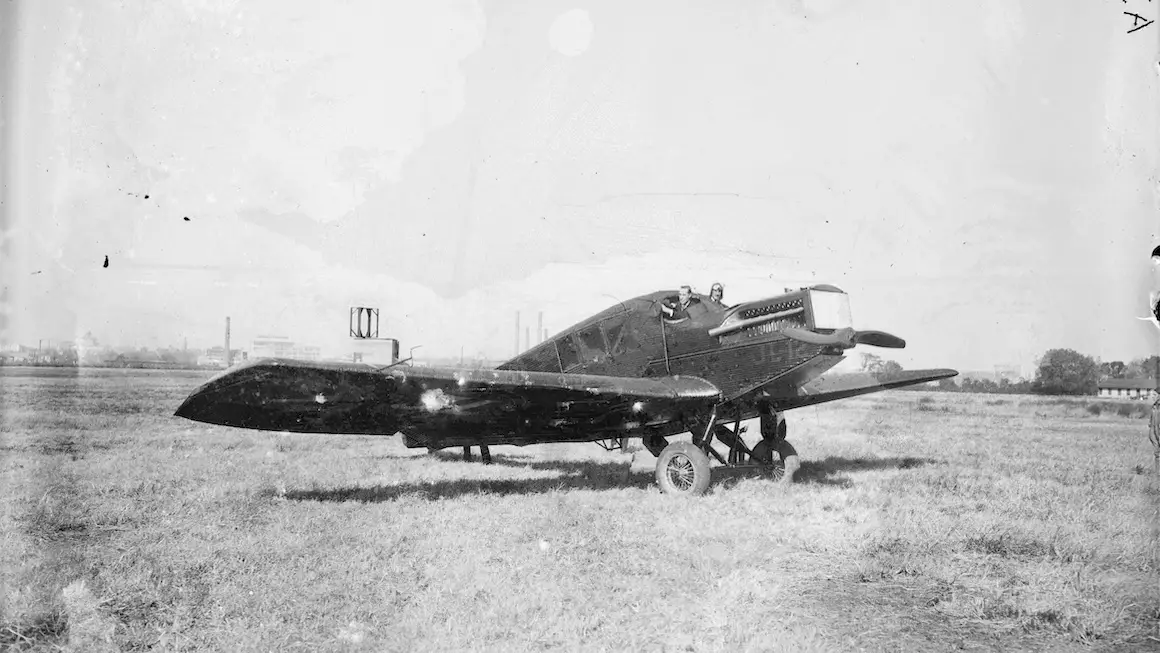
The F13 first flew in 1919 (as the J13), essentially being the first aircraft to anticipate the onset of modern air transport. It was cantilever [no wing struts], all metal, low wing, monoplane, and streamlined by today’s standards.
By the end of the year 1919, it was in commercial service in Germany. It established the founder Hugo Junkers in a position of global air transport dominance that his firm would not relinquish until the mid-1930s, to US American businessman Donald Douglas.
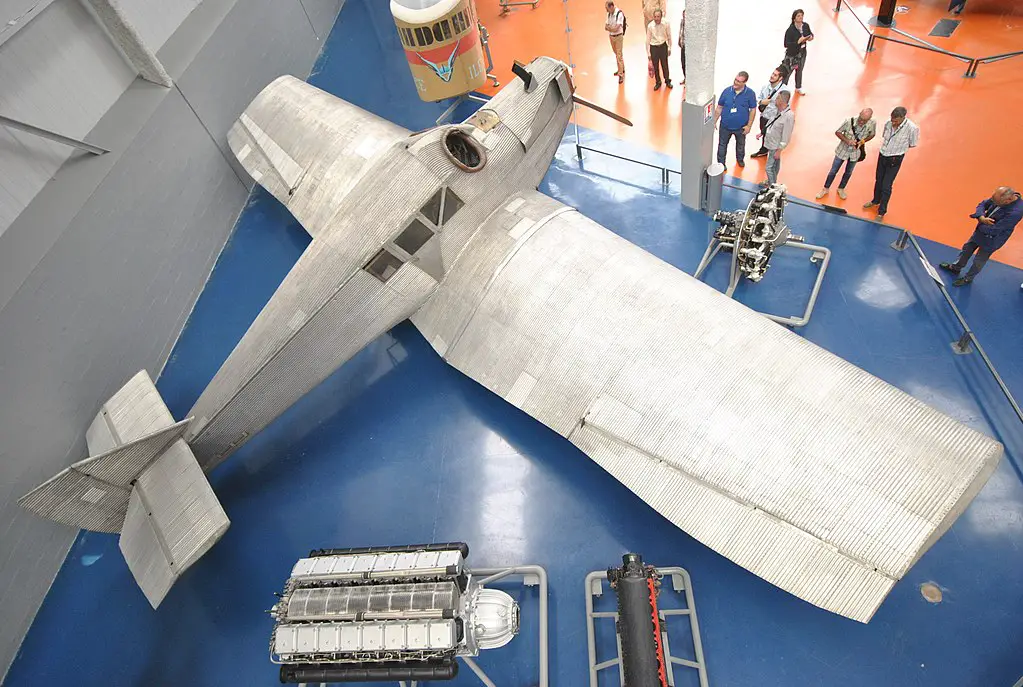
The F13 was also used in the first airline service in the Americas (Colombia’s SCADTA). Unlike postwar transport aircraft that were modified from military types, the F13 was designed to carry passengers in an enclosed cabin. Its four cushioned seats had seat belts, the cabin was lighted, and it had picture windows.
Mikoyan-Gurevich MiG-15
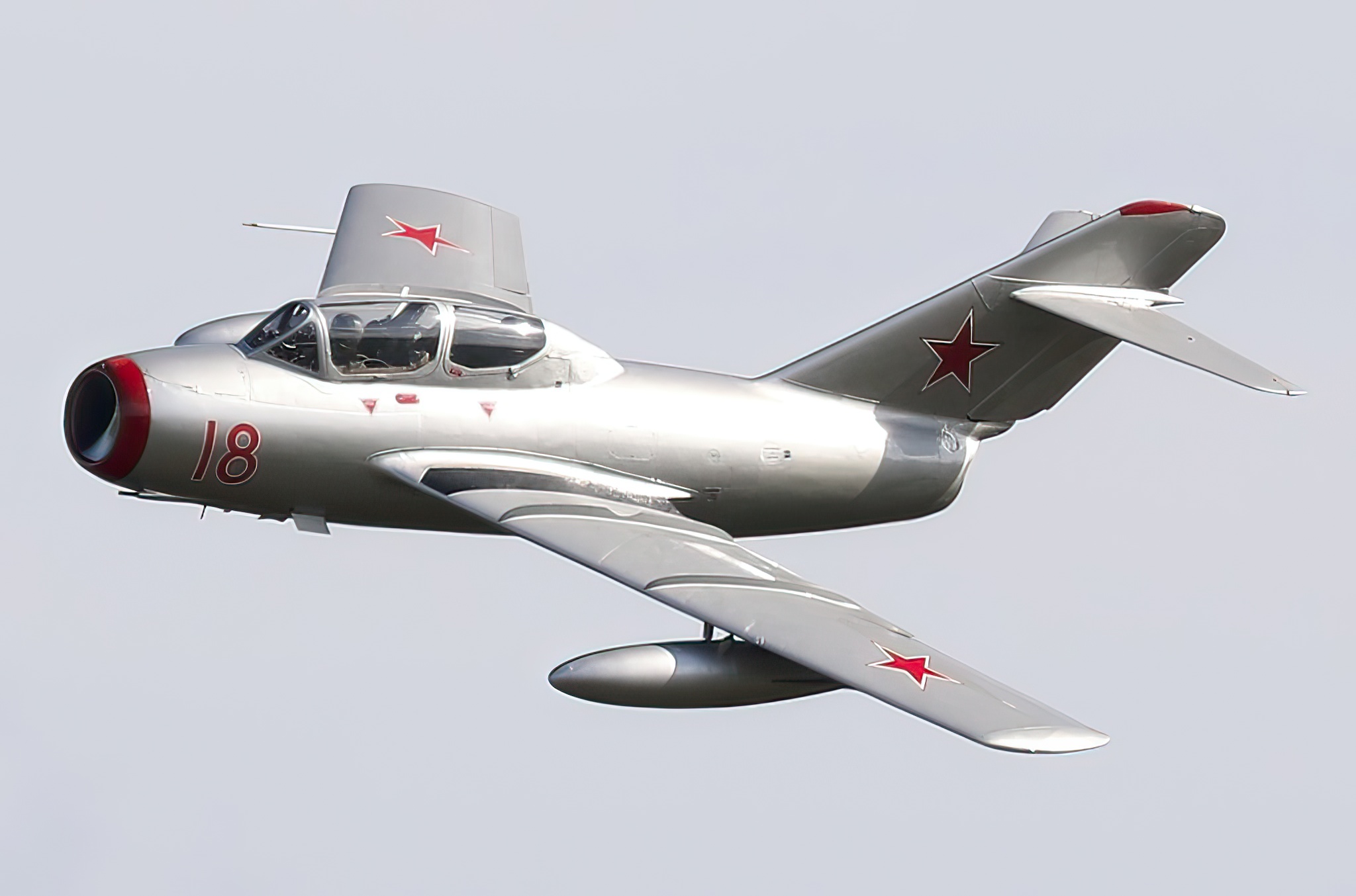
The Mikoyan-Gurevich MiG-15 made its mark during the Korean War as the Soviet Union’s first jet-powered daytime interceptor with a pressurised cabin and an ejection seat.
The MiG-15’s main purpose was to pick off US B-29 bombers. It did so with perfection, but that led to storied dogfights between the MiGs and the B-29s’ fighter escorts, the North American F-86s.
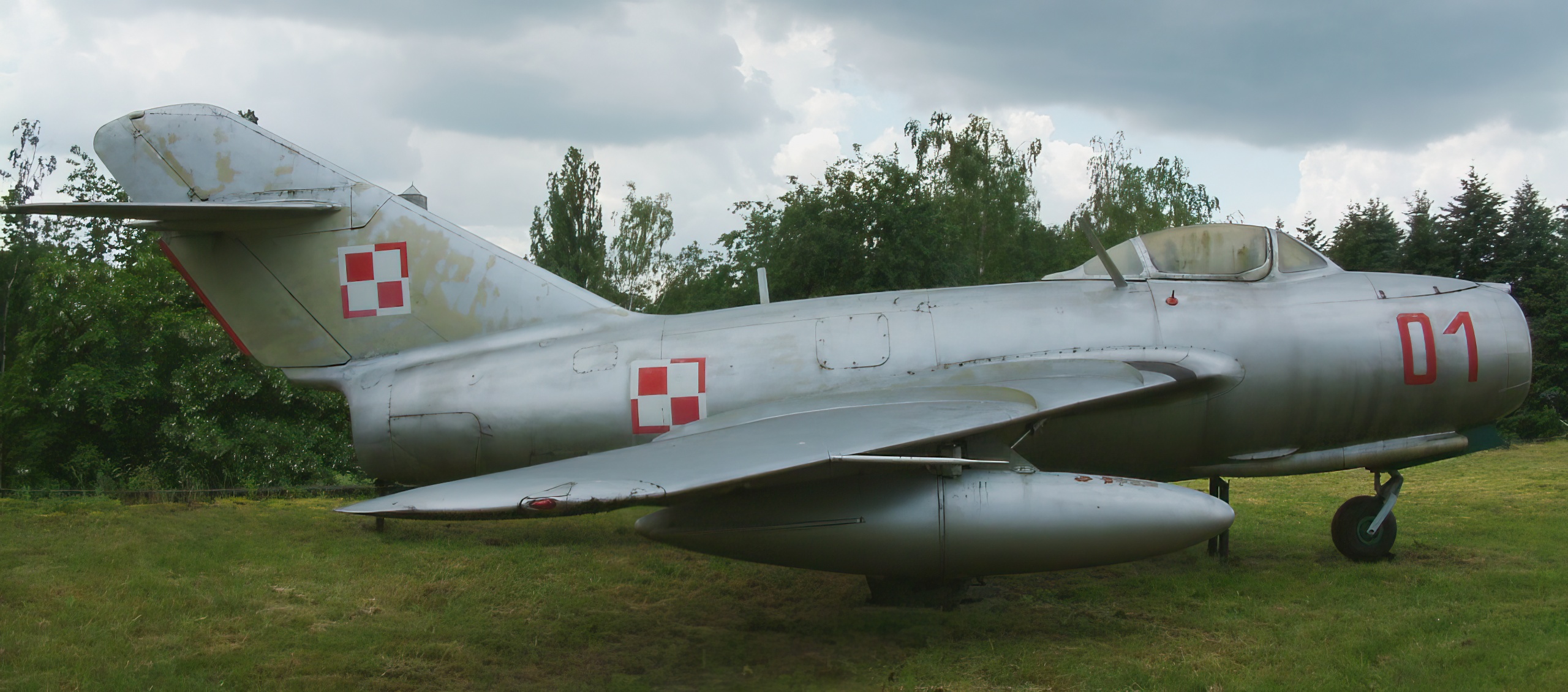
Though later variants of the MiG-15 could climb higher and faster than the F-86, US Air Force pilots generally made up the difference with better aerial combat training and internal equipment. Nevertheless, the 670-mph MiG-15 solidified the impression that the Soviets could build state-of-the-art aeronautical technology.

